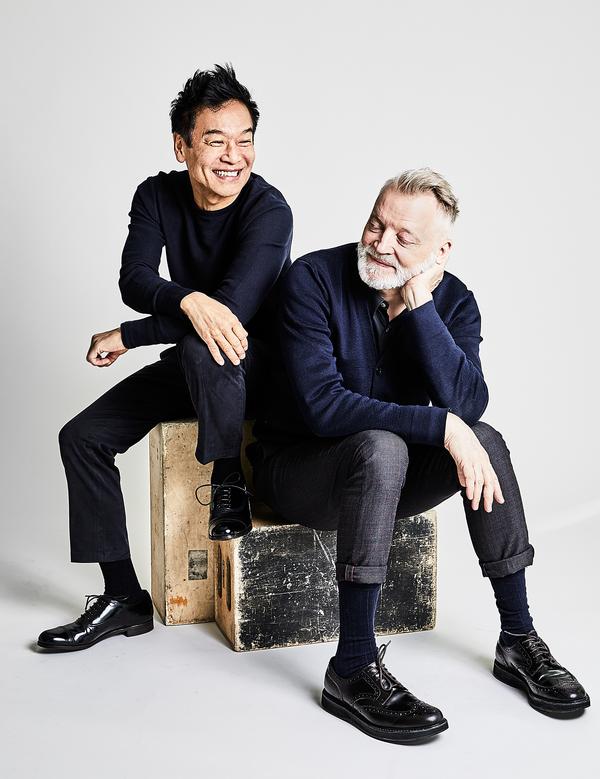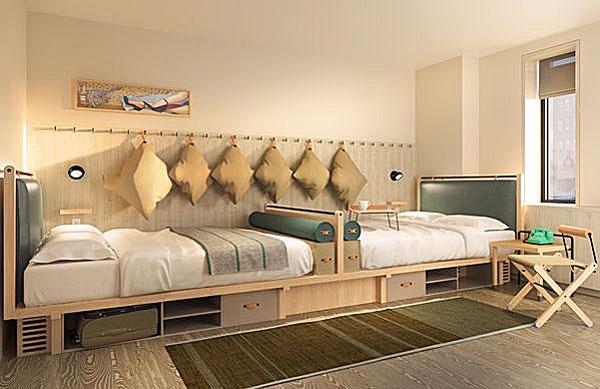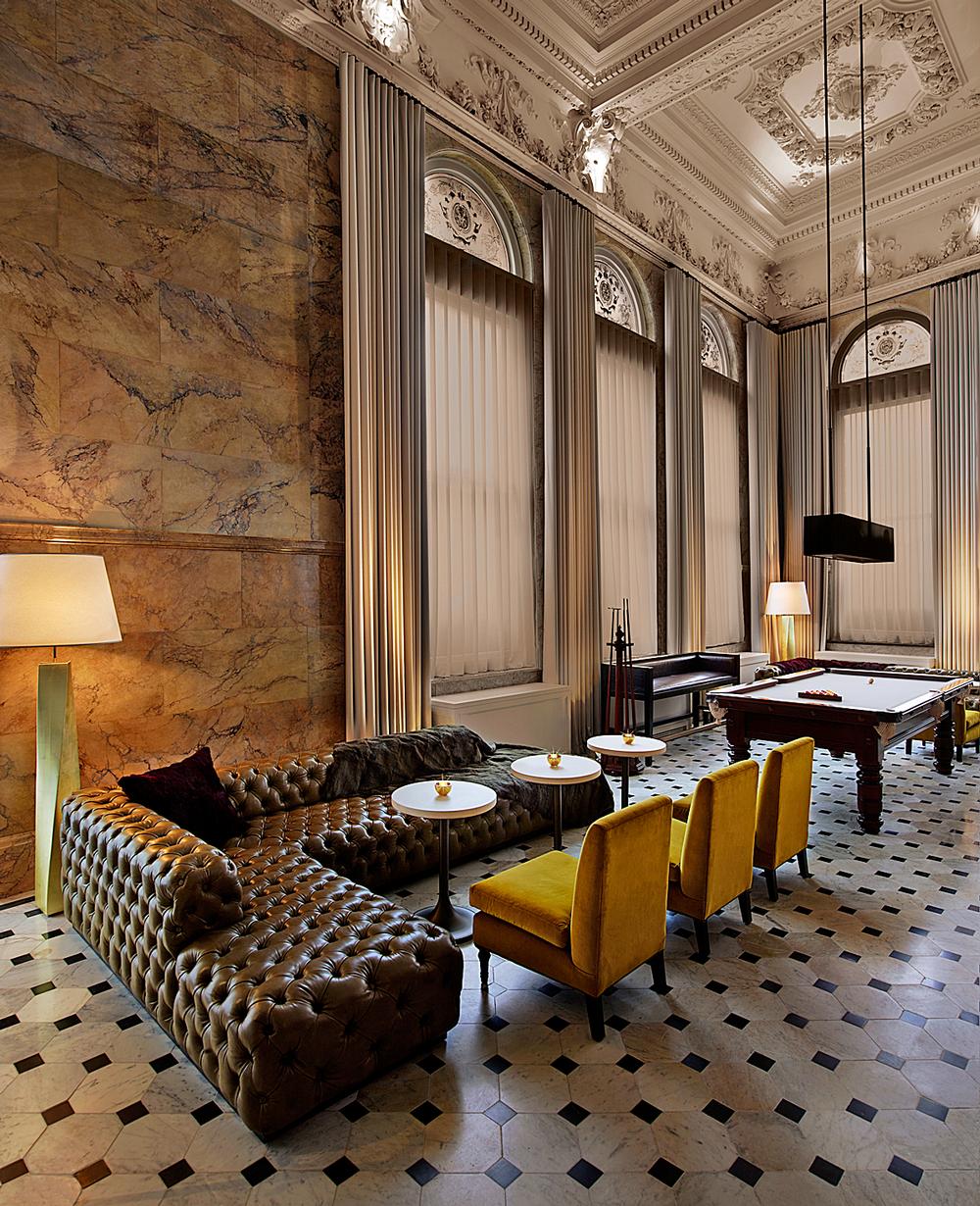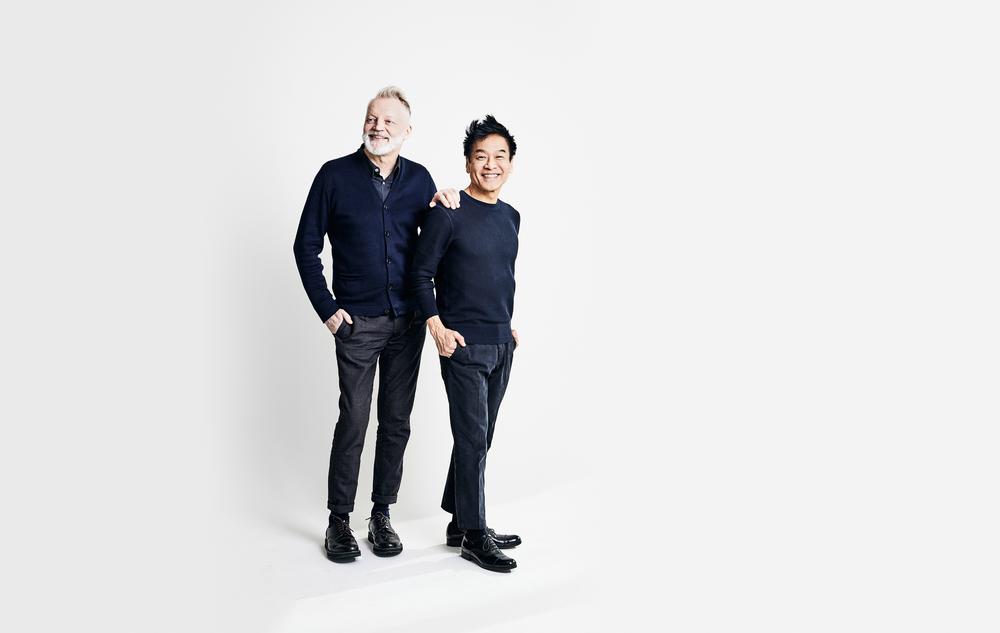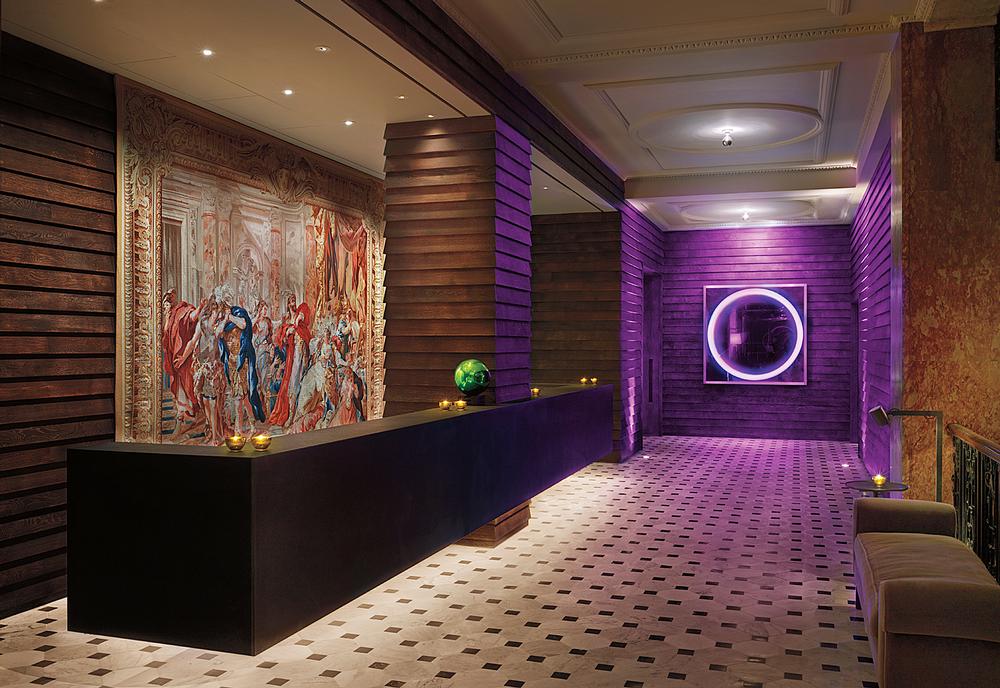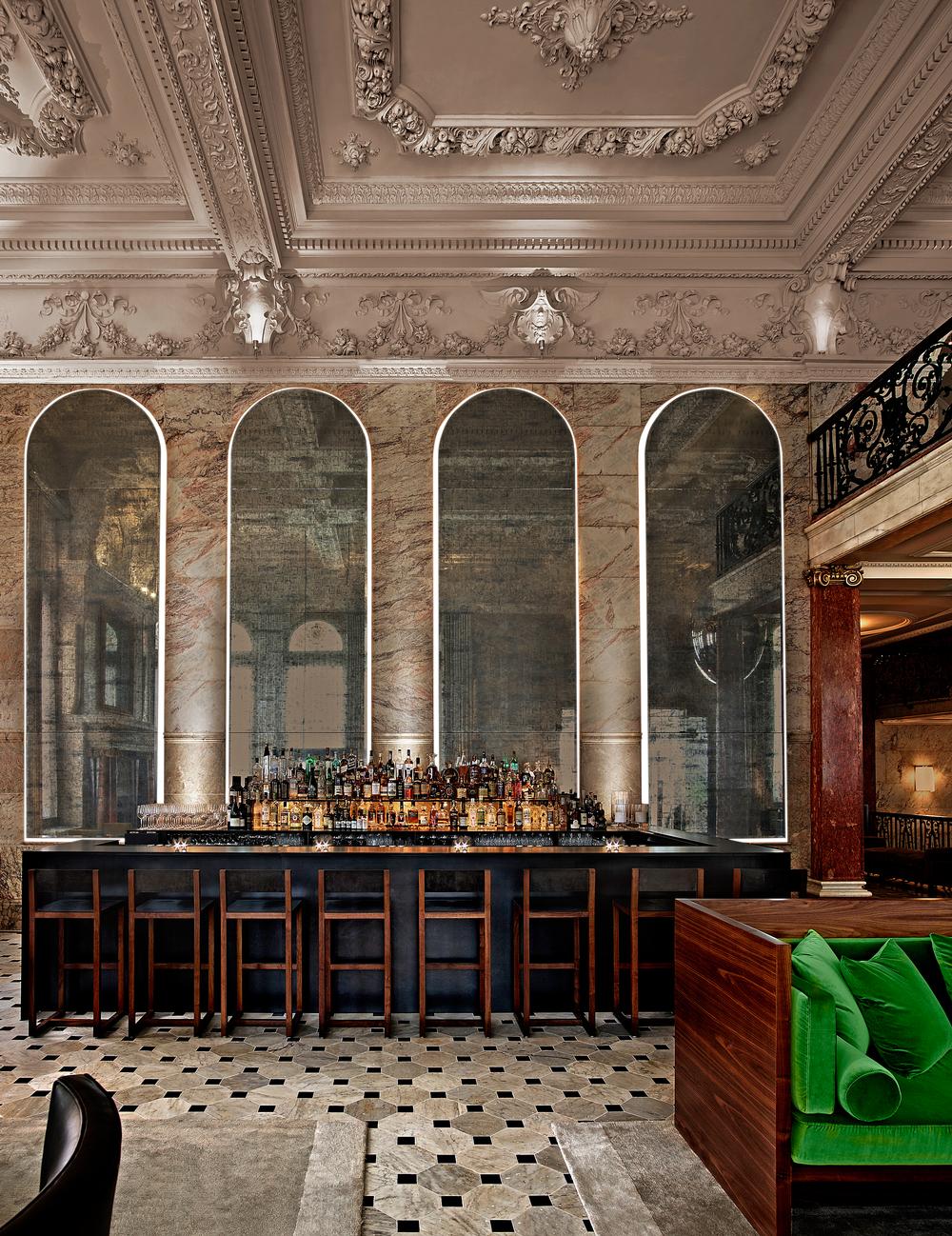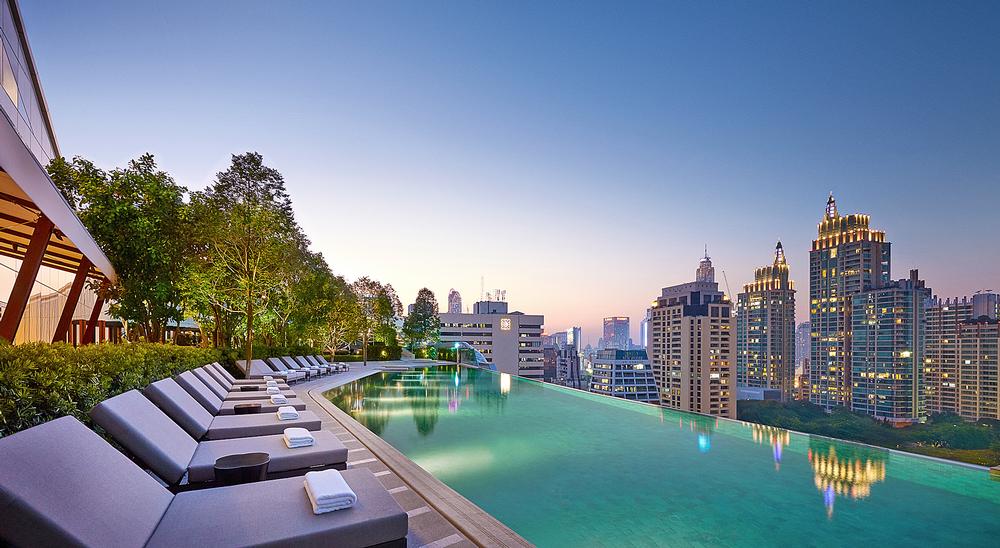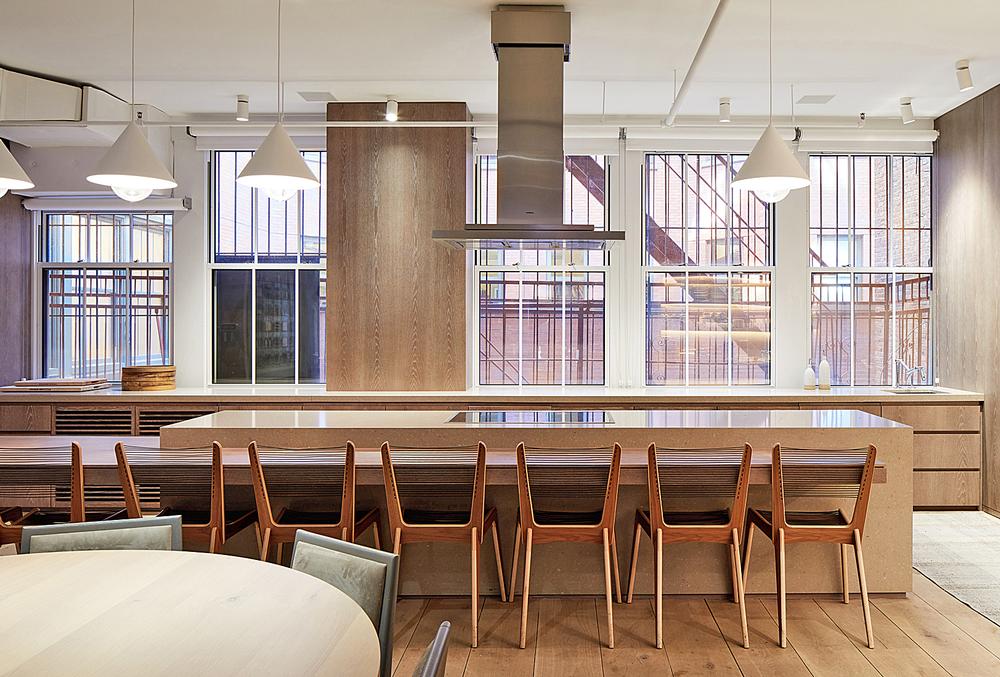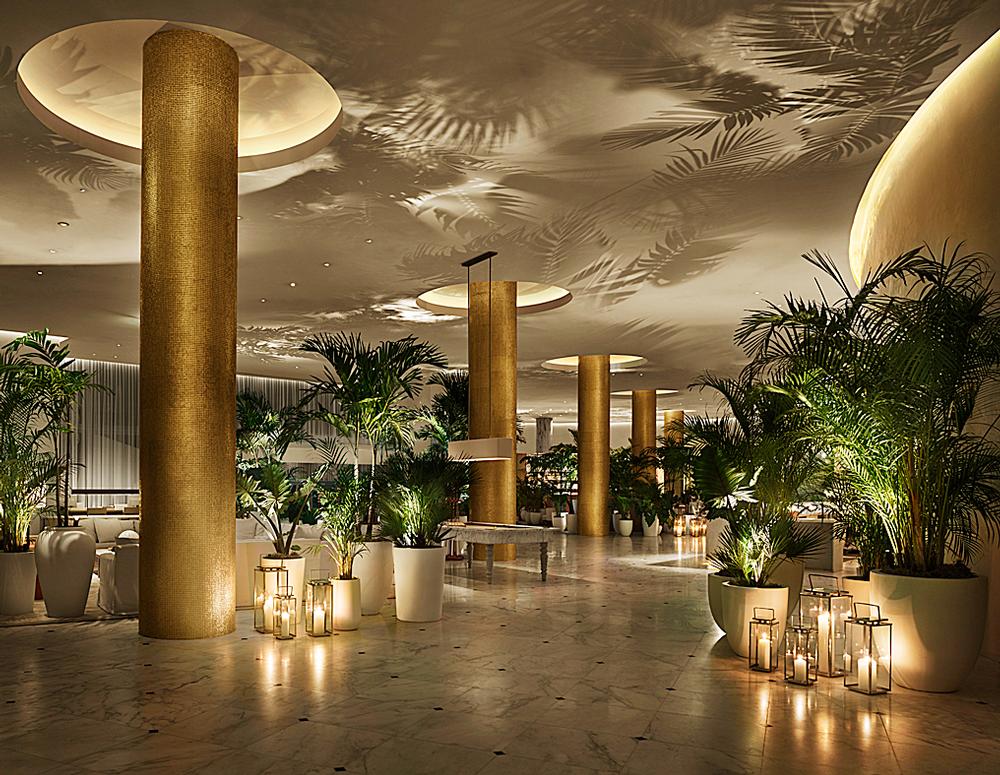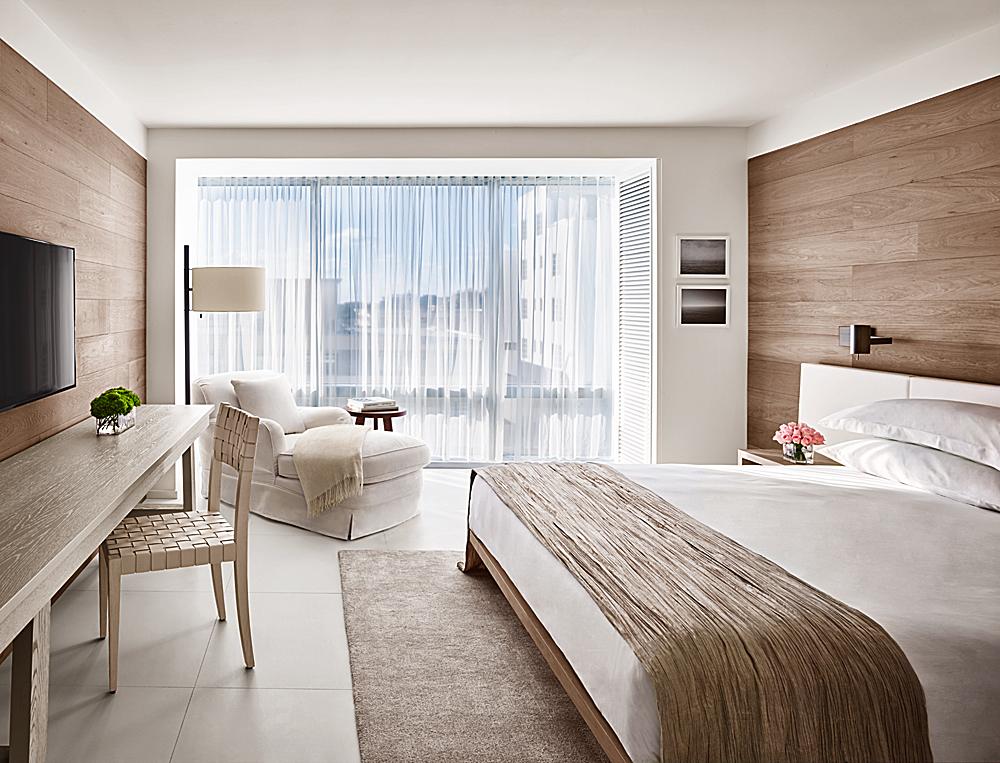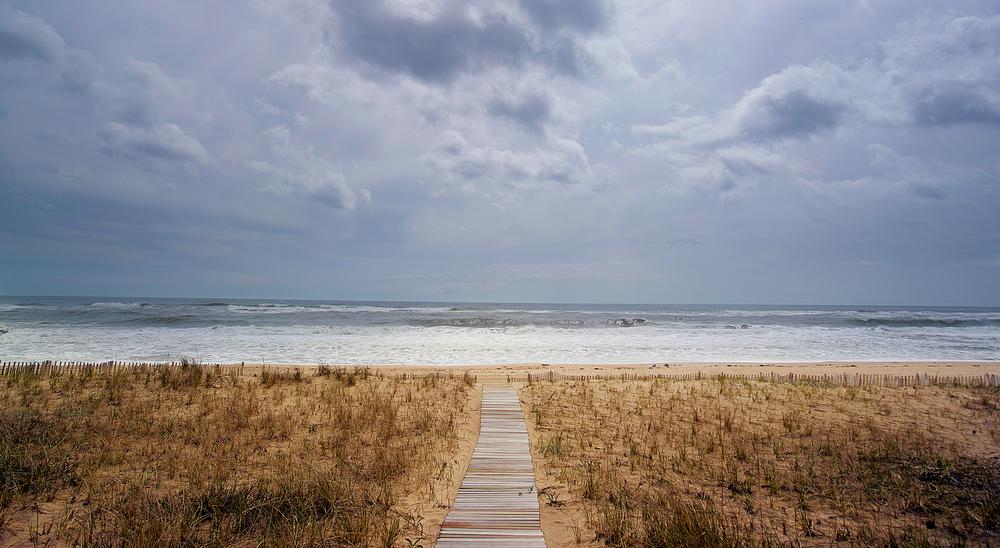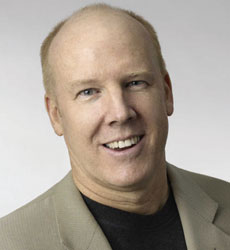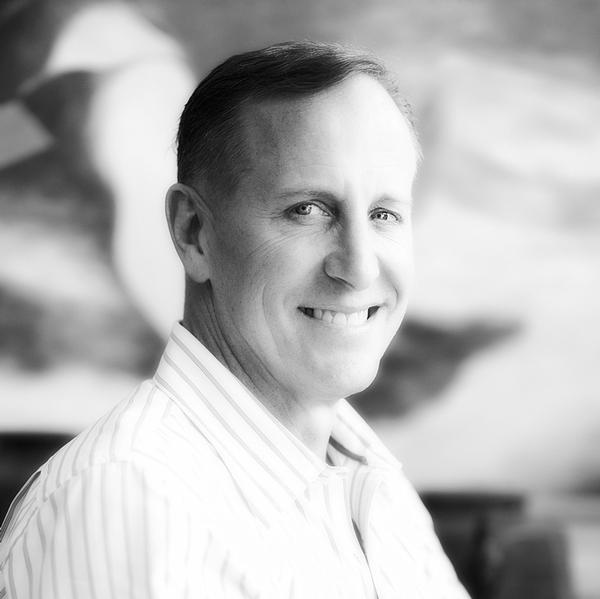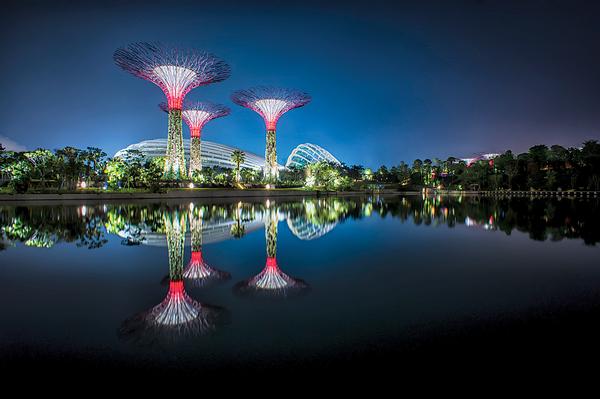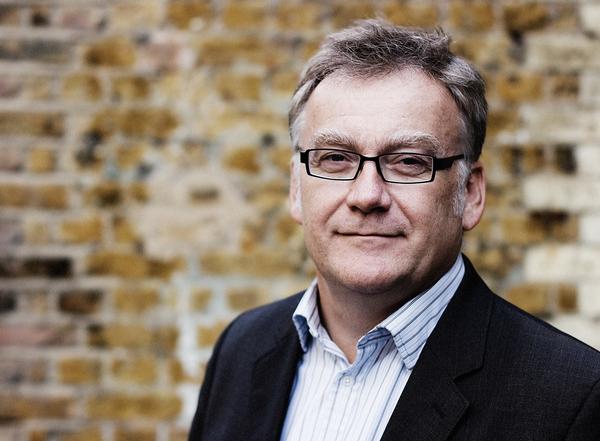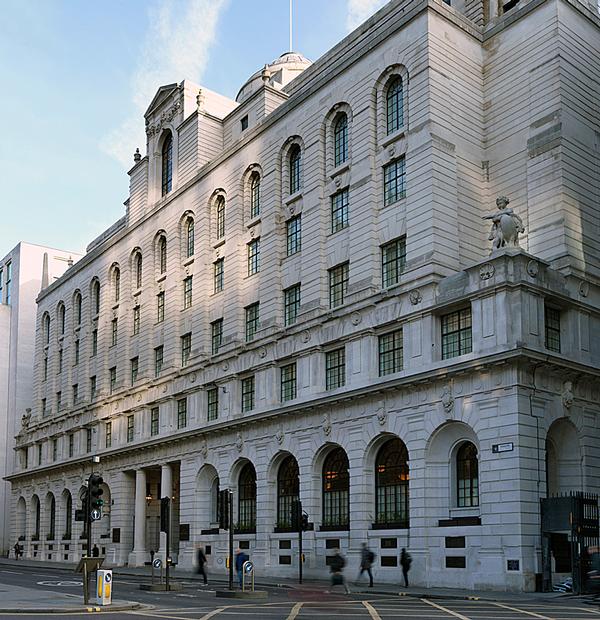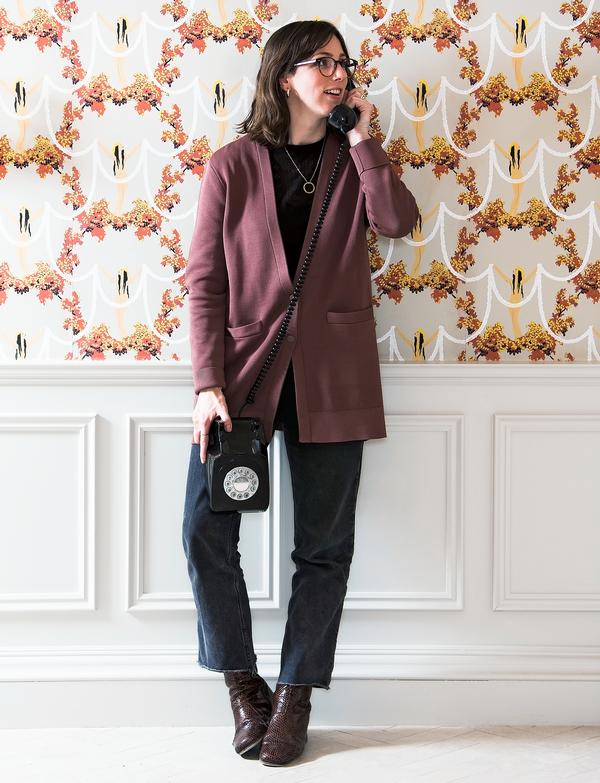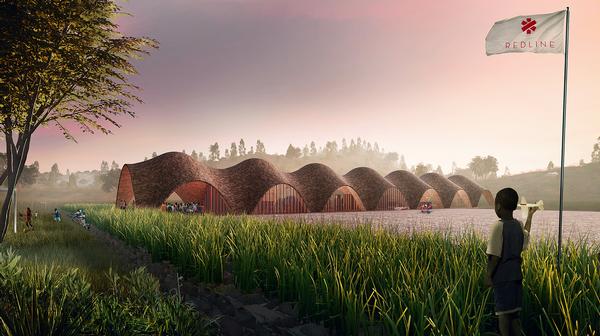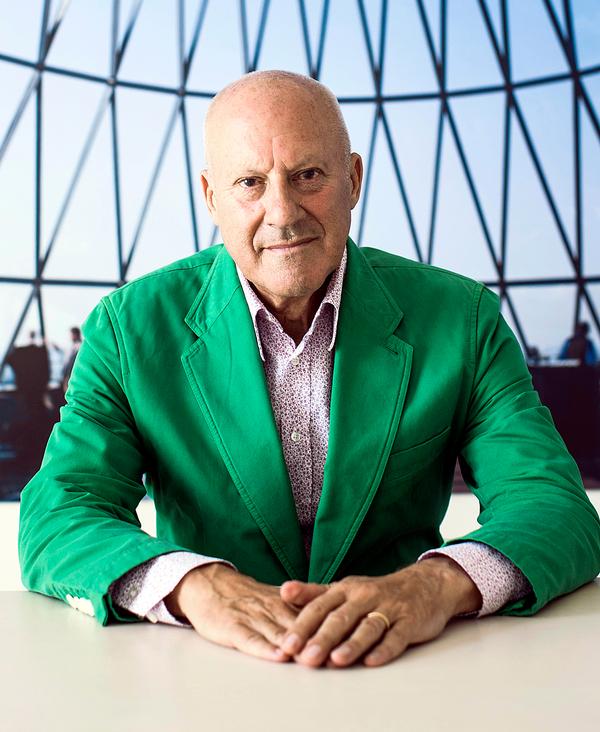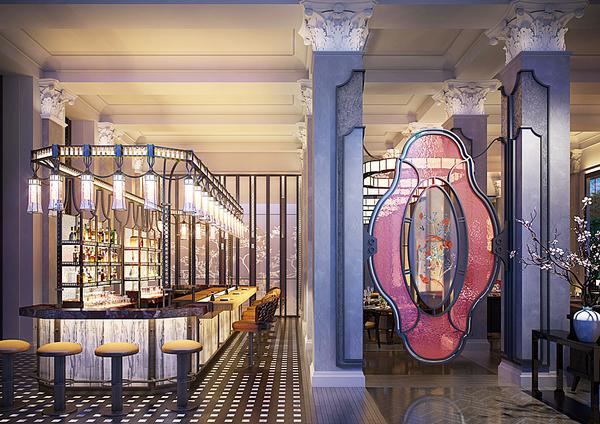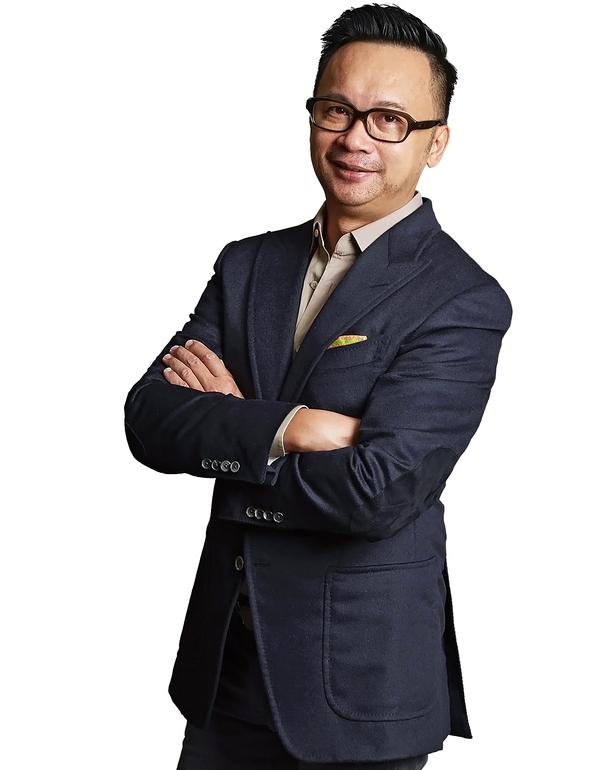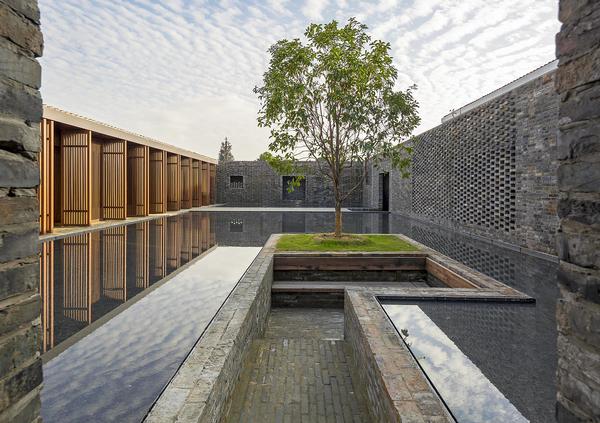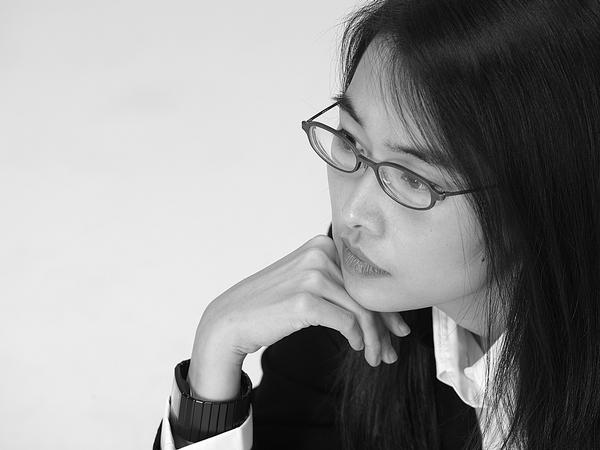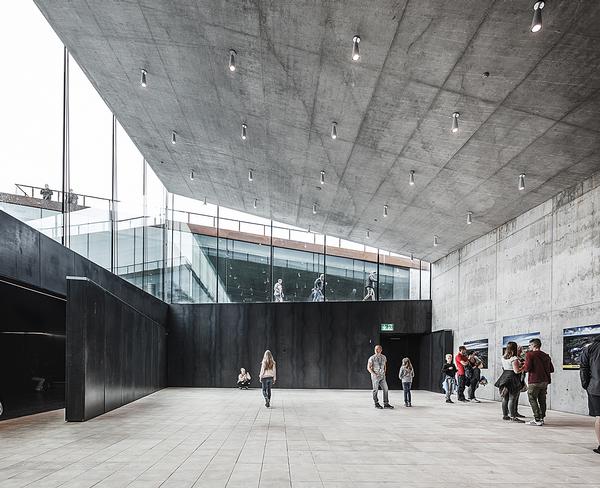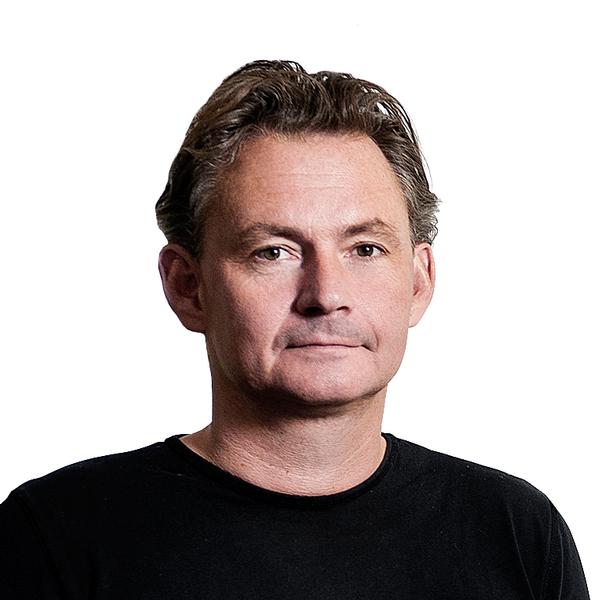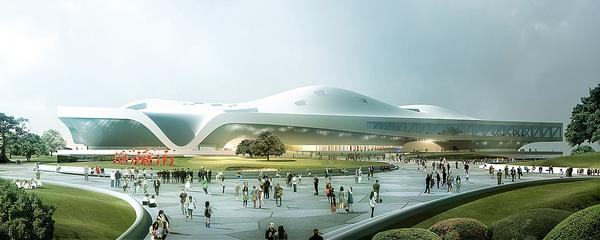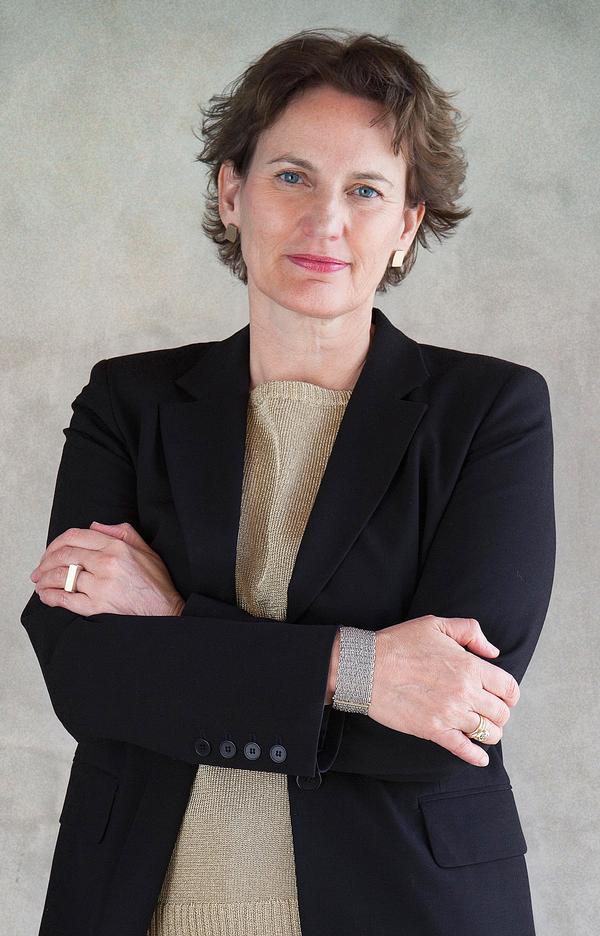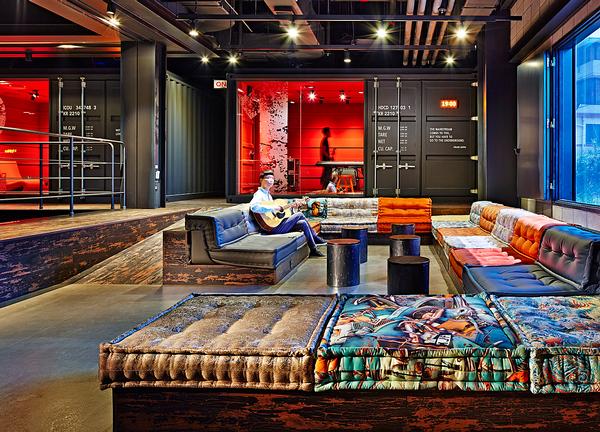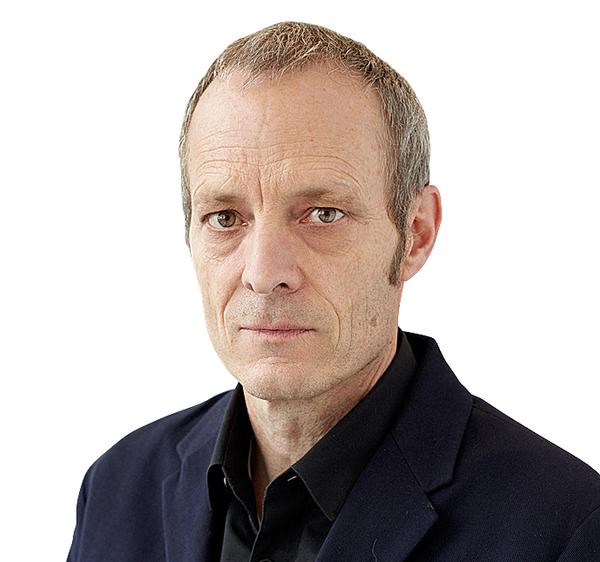Interview
Yabu Pushelberg
As their latest project prepares to open in New York, the Canadian designers speak to Magali Robathan about great hotels, Ian Schrager and putting principles before profits
What’s the focus for Yabu Pushelberg right now?
GP: We’ve been in the process of re-imagining our company for the past two years.
We’ve been working for years as an interiors company. More recently, we’ve been building a product design team and understanding how to create products that are appropriate and exciting for the market, and for us. A year and a half ago, we started hiring fabric and textile designers to make our fabrics and carpets more interesting.
GY: Our discipline is broadening to industrial design, consumer design and to eventually receiving our architectural licence to practice. At the moment, we practice architecture in the closet. Now we’ll be able to be more open about it. That will open an incredible number of doors.
GP: We’re in the fortunate position where there are many, many opportunities coming our way. We’re very happy campers.
What are your thoughts on diversity (and the lack of it) in the architectural profession?
GP: We hire people based on their merit. The colour of your skin or your age or sex or who you sleep with doesn’t matter to us.
We have a very diverse workplace and celebrate that diversity; it makes us stronger, more creative and more interesting. In our studios we have at least 20 cultures represented, and the joint is run by a lot of smart women.
Have you ever encountered homophobia or discrimination in your professional lives?
GY: We have a personal policy that we won’t work with organisations or individuals that express negative views about women or gay and lesbian people.
Today, that means we won’t work with the Dorchester Group because it’s owned by the Sultan of Brunei, and he denigrates women and gay and lesbian people. We won’t stay in the Dorchester Group hotels. We won’t work in Russia and we won’t work for any affiliation of the Trump organisation, because we don’t agree with their politics. We have no problem making that decision.
GP: We probably do attract a more diverse workforce than some other practices because our employees feel safe and comfortable here, and they know they don’t have to hide who they are.
The Moxy Times Square is opening soon in New York. What was the most interesting aspect of this project?
GP: We embraced the whole project in a very holistic way. We designed the guest rooms and the public spaces, we were involved with the architecture, and we designed the sinks and all of the furniture in the rooms.
The Moxy Times Square was an interesting challenge because it has these micro hotel rooms of just 12 to 15 square metres. We wanted to do something clever and fun.
We’ve done a lot of luxury projects and you do get pigeon holed, but that’s not our raison d’etre. With this project, it’s not about being in an exalted, luxury space, it’s about being in a place that has energy, life and that embraces design in an interesting way. It was a very cleansing for us and a good challenge.
How did you approach the challenge of the small size of the rooms?
GY: Our theme for this project was urban camping. When you go camping, everything‘s got to be scaled down. It’s all got to be portable, but it’s got to work and it’s got to be fun. Our designs for the Moxy Times Square rooms were based on that notion.
GP: There’s an attention to detail, a little bit of wit in the rooms. The public spaces are big and fun; you can work there, play there, contemplate there, watch people and socialise.
We have an innate understanding that in any great hotel, the public spaces have to be social centres in order for the hotel to be vibrant. At the London Edition, which we designed with Ian Schrager, there’s a big communal table you can work at, there’s a pool table, a big bar, corners to hang out in. I think the Moxy will do the same thing, but maybe for a different crowd.
What is Ian Schrager like to work with?
GP: He’s a crazy bugger! No, he’s amazing – he’s mercurial; he’s constantly thinking and rethinking things.
For designers who lack flexibility that can be difficult, but he’s also caring and very clever. He strives for excellence on his own terms in all areas, and once you understand that you can work to create wonderful things with him.
He’s got a big personality, but he’s also self deprecating. He’ll make you work hard to make sure things are right; you’ve got to have respect for someone like that.
What do you think he respects about you?
GY: I think he likes the fact that we challenge him. We can have a heated debate with him.
GP: When we did the London Edition he had this idea in his head that the public spaces should be very grand, and that the furniture and furnishings should be modern. Upstairs, in the guest rooms, he thought we should do the opposite, make the rooms modern and the furniture very ornate. George and I said, ‘We don’t think this is a good way to go, Ian, it’s going to look like the Sanderson, it doesn’t feel right.’
He got mad, and so we built the room, his way, much to our chagrin. Once it was done, he asked us what we thought. We said, ‘Ian, we hate the room’.
Ian listened and said, ‘You know what? You’re right. Let’s start over.’ I admire him because he has strong opinions, but when he’s wrong he’ll admit it.
You designed the interiors for the recently opened Four Seasons Downtown New York. How was that experience?
We’ve had a wonderful relationship with Four Seasons for a long time. They first hired us in 2000 to create the interiors for the Four Seasons Tokyo, Marunouchi, a tiny hotel in downtown Tokyo. They wanted to create a contemporary Four Seasons hotel, and they weren’t sure what to do, because they’d always built what I describe as our grandmothers’ bedrooms.
They hired us, a young firm from Toronto, to create something different. We made a very beautiful, timeless Japanese hotel.
Four Seasons has a lot of rules and guidelines regarding the design of their hotels, to ensure they are of a similar consistent quality. The challenge lies in convincing them to move forwards.
On the back of that first project in Japan, we built a relationship with Four Seasons, and they’ve allowed us to break some of their rules along the way. The Four Seasons New York Downtown is the counterpoint to Four Seasons’ existing hotel in Midtown Manhattan, which is a big, grand hotel done in a modern way. The Four Seasons Downtown is an intimate, asymmetrical, younger, more modern but tasteful and stylish hotel.
I’m proud that we are moving their style forwards with them, because they need to do that as a company.
You recently worked with Lasvit to create the Cipher lighting collection. What was the inspiration for that range?
GP: We previously worked with Lasvit on huge diamond-like chandeliers at the Four Seasons Kuwait,.
The inspiration for the collection came when we visited Lasvit in Prague. George held a piece of etched crystal up to a light and it emitted beautiful lines of light through the etchings. We said, gosh, this would make an incredible fixture, and the idea was born.
The idea behind the Lasvit Cipher collection is that it’s a series of etched crystal components that are joined by polished champagne gold connections that emit light. This means the pieces can grow to create horizontal fixtures, vertical fixtures, 3D chandeliers… It has endless possibilities. It can sit comfortably in a very classic environment or in a contemporary space, because of the quality and nature of the materials.
GY: This collection epitomises what our best work is all about – it has a simple elegance to it that’s thought through, that transcends styles and has longevity and real quality.
What are you working on at the moment?
GP: We’ve just finished working on the Park Hyatt Bangkok, which opened in May. That’s a beautiful hotel. Bangkok is full of noise and bright colours; the Park Hyatt Bangkok provides a contrast. It’s a calm hotel, with creamy colours and black accents, with a nod to being Thai in terms of styling.
Las Alcobas in Napa Valley has also just opened. It’s a 68 room boutique luxury inn where we conceptualised the buildings, we designed the interiors, the uniforms and the furniture, and we helped art direct the landscaping. It was a labour of love.
The hotel and restaurant are housed in an old Victorian home that’s been renovated and restored, and the spa rooms are located in beautiful outlying barn buildings.
In July we’re opening a Four Seasons Hotel in Kuwait. It’s luxurious in a modern way. It also has a notion of being appropriate for the place without being trite.
We’re opening the Viceroy Palm Jumeirah Dubai in October, and we are working on the Edition Times Square in New York with Ian Schrager, which should be opening in November. Also in November, we’ll be opening the SLS Lux Miami Beach. We’re thinking about the spirit of Havana with that hotel – there’s pattern, there’s colour, there’s vibrancy. Our buzzwords for that project are tropical Latin.
We’re also working on four or five wonderful projects in London, and are working on a retail project. We are re-imagining the Century Plaza Hotel in Los Angeles; we’re designing the hotel interiors, public spaces, guest rooms, as well as a new condo-development adjacent to the existing hotel.
What makes a great hotel?
GP: We’re very interested in working with new brands, or old brands that need to be revitalised, so that we can rewrite the script. When we do, we’re thinking about more than just the next design idea for a hotel, we’re thinking about how people are living in hotels in ways that are different from before.
Thinking about how people use hotels differently from how they did in the past is the starting point, for us.
We don’t eat the same way our parents did, for example. We don’t want formal dining rooms in a hotel, we don’t want separate places to work in. We live very casually nowadays; we might want a little bite to eat in the lobby so we can people-watch and not feel lonely in our hotel room, we might want a boisterous bar, we might want to be in the restaurant where we can see and be seen, we might want to do some work there. There’s a lot of blending.
As we develop new concepts and ideas we try to explain our perspective as serial hotel travellers and observers of the way the world works from a sociological perspective.
Connecting these ideas are our strength, and that’s why our hotels tend to be newer, fresher and more enlivened, because we’re not just thinking about the aesthetics, we’re thinking about the bigger picture in terms of social change.
We believe that hotels should have a rhythm. Like a good book, they need to have a strong beginning, a strong ending and good chapters in between. We want to delight people at every point of the customer journey.
Do you have a dream future project?
GP: We’d love to do a museum or a gallery.
Some of the most challenging work is that which is seemingly the simplest, but which has the most difficult issues to solve. A museum or gallery has to have a voice, but it shouldn’t overtake the work that it’s showcasing.
That’s a line that’s often crossed out of the desire to sell the museum and create a bombastic building.
Do you have a favourite hotel?
GY: The Tawara-ya in Kyoto is a favourite. It’s a beautiful 400-year-old family owned and run hotel. It’s a quiet little secret.
When you arrive, you’re a assigned a Mamasan – mother – to look after you. She makes your bed and gets your meal, prepares your room, draws your bath and ensures it’s the right temperature. You have your own private Japanese garden. You really feel special.
GP: The other one would be the Il Convento di Santa Maria di Constantinopoli in Puglia, Italy. The late Lord Alistair McAlpine bought the convent for his wife Athena McAlpine, and they worked together to turn it into an inn.
It epitomises what innkeeping is all about. It’s an eight room hotel. You’re made to feel part of their home. Lord McAlpine was a collector; he has 14,000 books, 6,000 pieces of antique fabric, a big mask collection. It’s the most enchanting place.
What’s your favourite restaurant?
GP: Yakumo Saryo, a private restaurant in Tokyo, Japan. It’s a very simple, monastic environment with the most incredible food. Totally unpretentious, but an amazing experience.
Where’s your favourite place on earth?
GP: We built a beach house five years ago in Amagansett, in the east end of Long Island. It’s a beautiful, simple house that embraces the views of the ocean.
There’s something really special about being in this place, cooking, hosting your friends and looking out at the sand dunes and the sea. It’s our happiest place on earth.
YABU PUSHELBERG
Multidisciplinary design firm Yabu Pushelberg was founded in 1980 by George Yabu and Glenn Pushelberg. The practice has studios in Toronto and New York and is currently working on projects in more than 16 countries.
According to the designers, the firm’s multidisciplinary approach is “informed by an endless curiosity and driven by partnerships with thoughtful, creative like-minded people. Evolving to encompass all aspects of design, including many product collaborations, each new venture reflects an edited approach that is imaginative, thoughtful and honest – continuously shifting between the rational and the intuitive.”
Past projects include the London Edition with Ian Schrager, the Four Seasons Toronto and New York Downtown, the W Hotel Guangzhou, the Waldorf Astoria Beijing and Canada’s Olympic House at the Rio 2016 Olympics.
In 2013, George Yabu and Glenn Pushelberg were appointed as Officers for the Order of Canada for their contribution to design.
